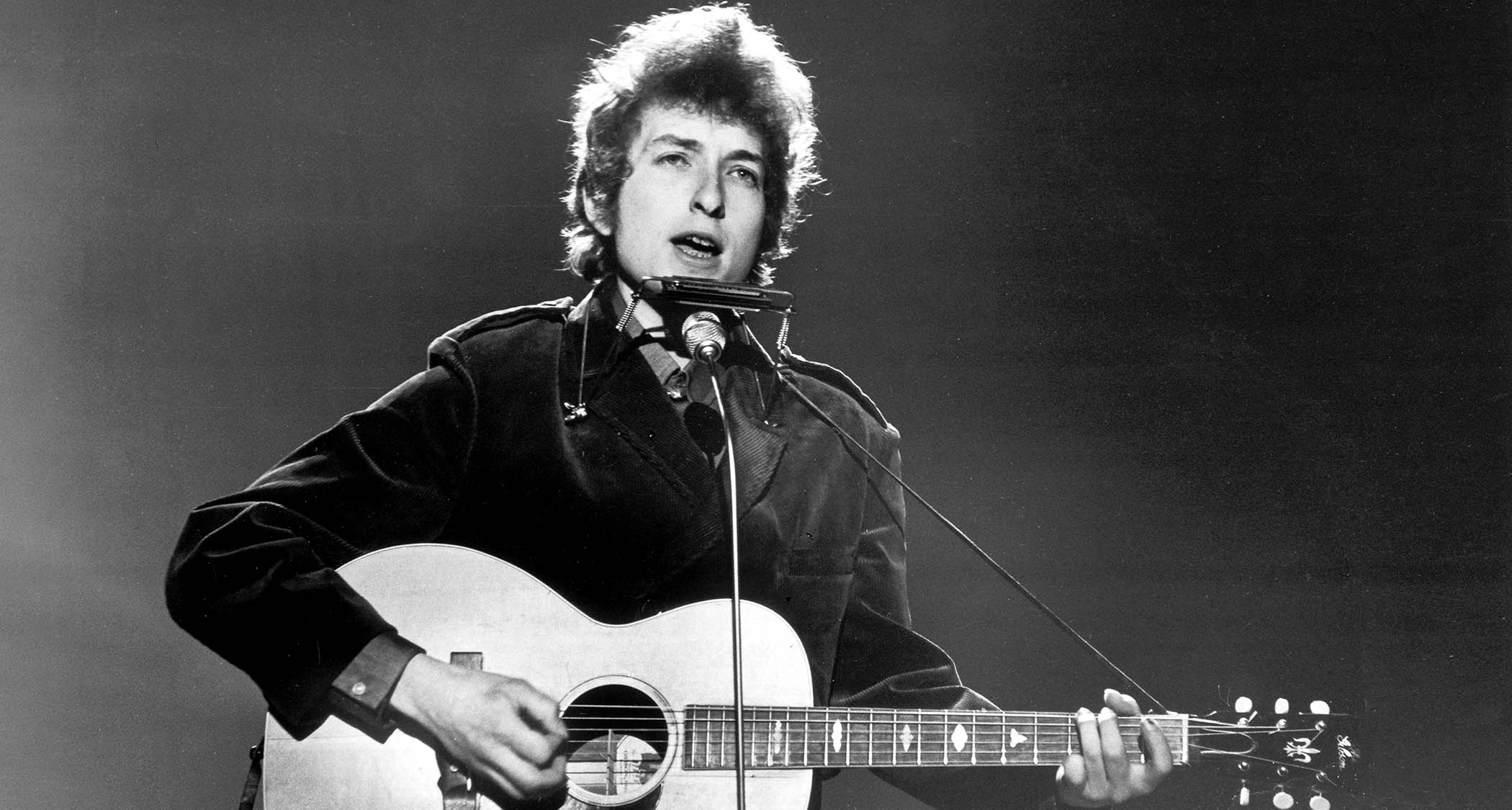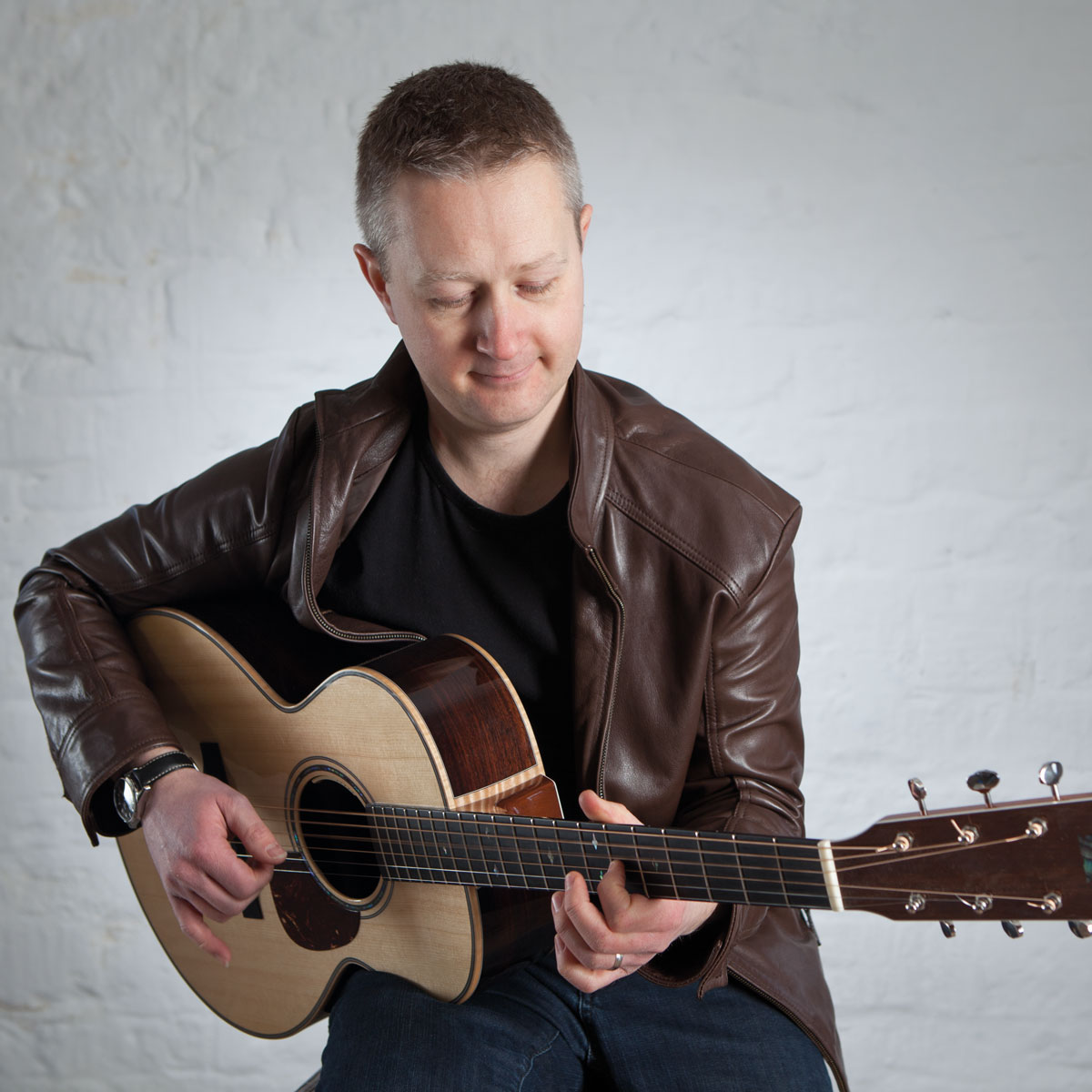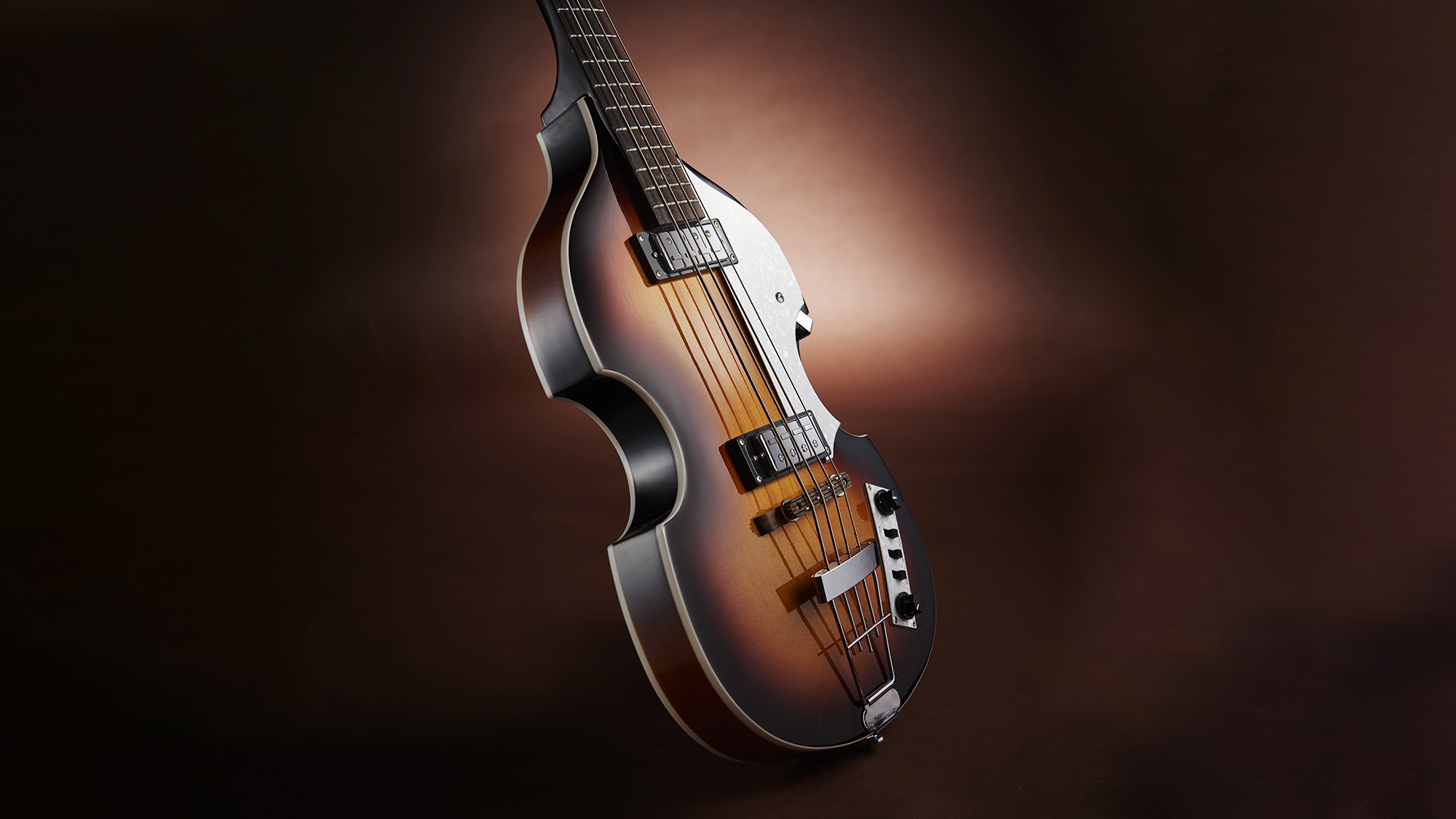Bob Dylan is one of the greatest songwriters of all time – and his acoustic guitar approach defined the folk sound of the 1960s and beyond
Bob Dylan changed the world with an acoustic guitar. We break down his style, giving you the tools to take your songwriting to the next level

Bob Dylan is an artist who emerged as a folk musician but had an impact way beyond the confines of the genre.
Robert Zimmerman was born on May 24th 1941 in Minnesota. His early influences were rock and roll artists like Little Richard and Buddy Holly but it was when he went to the University of Minnesota in 1959 that he really developed a passion for American folk music, drawn by the melancholy and depth this material offered.
As with many of the folk artists of the 1960s, inspiration came in the form of Woody Guthrie whom Dylan befriended. Dylan was also influenced by Ramblin’ Jack Elliott and lent his harmonica playing to his eponymous album.
These associations and recording sessions led to Dylan coming to the attention of Columbia Records and producer John Hammond, and in 1962 his debut album, Bob Dylan, was released. However, it was 1963’s The Freewheelin’ Bob Dylan that began to bring him more attention, laden as it was with protest songs, a very popular style of the day.
Acoustic guitar serves as the engine room for his songwriting, and it really propels his songs along. It’s worth noting that Dylan’s acoustic rhythm playing in many ways defines the American folk sound of the 1960s; it’s never intrusive but always solid, serving as a perfect backdrop to the lyrics and melody.
There are two distinct sides to Dylan’s approach to acoustic guitar as he either strums basic chords or weaves deft fingerpicking patterns, usually focusing on the open position as is traditional with the folk style. It’s the latter we’ll focus on here, as while Dylan’s strumming is quite basic, his fingerpicking is full of clean, articulate picking patterns and characterful chords.
Listen to tracks like Girl From The North Country and Don’t Think Twice It’s All Right and you’ll hear the core of his fingerpicking approach.
All the latest guitar news, interviews, lessons, reviews, deals and more, direct to your inbox!
Folk fingerpicking follows a quasi-classical technique where the picking-hand thumb is reserved for the sixth, fifth and fourth strings and the first, second and third fingers take care of the third, second and first strings respectively.
Dylan typically uses repeating patterns with slight variations as you’ll see here, and the main challenge is to get to the speeds he picks at.
When learning parts like this it’s a good idea to learn the fretting-hand shapes first (and there are several variations to get to grips with) and then bring in the picking hand.
Remember that, as with the fretting hand, muscle memory comes into play so if you are new to patterns like this take some time to let the picking hand process what’s going on and, before you know it, picking-hand muscle memory will set in and you’ll no longer need to look at the music.
Get the tone
Bob Dylan is best known for playing a Gibson Nick Lucas model or a Martin 000-18 guitar when still a purely acoustic artist. For this style a smaller-bodied model can give a tight, punchy tone but anything within the Martin/Gibson guitar sphere of sound will get you that classic 1960s American vibe. I recorded this on a Martin Custom Shop Expert 1937 D-28.
Study Piece
Bars 1-16: The alternating bassline is a real folk staple and there are two ways for the fretting hand to approach it. First you can finger a C chord as normal and simply move the third finger over to the 3rd fret of the sixth string.
Alternatively, you can fret all the notes of the chord together so the third finger takes care of the 3rd fret, sixth string, the fourth is on the 3rd fret, fifth string, the second is at the 2nd fret, fourth string and the first is at the 1st fret, second string.
Bars 17-32: The F major chord here is a particular idiosyncrasy to the folk genre. The hammer-on on the third string means that you need to hook the thumb over the neck so it frets the sixth string at the 1st fret.
At the same time the third finger must be at the 3rd fret of the fourth string and the first finger is at the 1st fret of the second string. With these fingers in place you can play the hammer-on to the 2nd fret of the third string using the second finger.
Stuart Ryan is best known for his acoustic guitar playing, from Celtic fingerpicking and traditional folk to modern percussive phrasing and fresh interpretations of popular pieces. He has released several solo albums, written pieces for UK examination boards and created nine tutorial books ranging from acoustic guitar arrangements to Americana styles.



